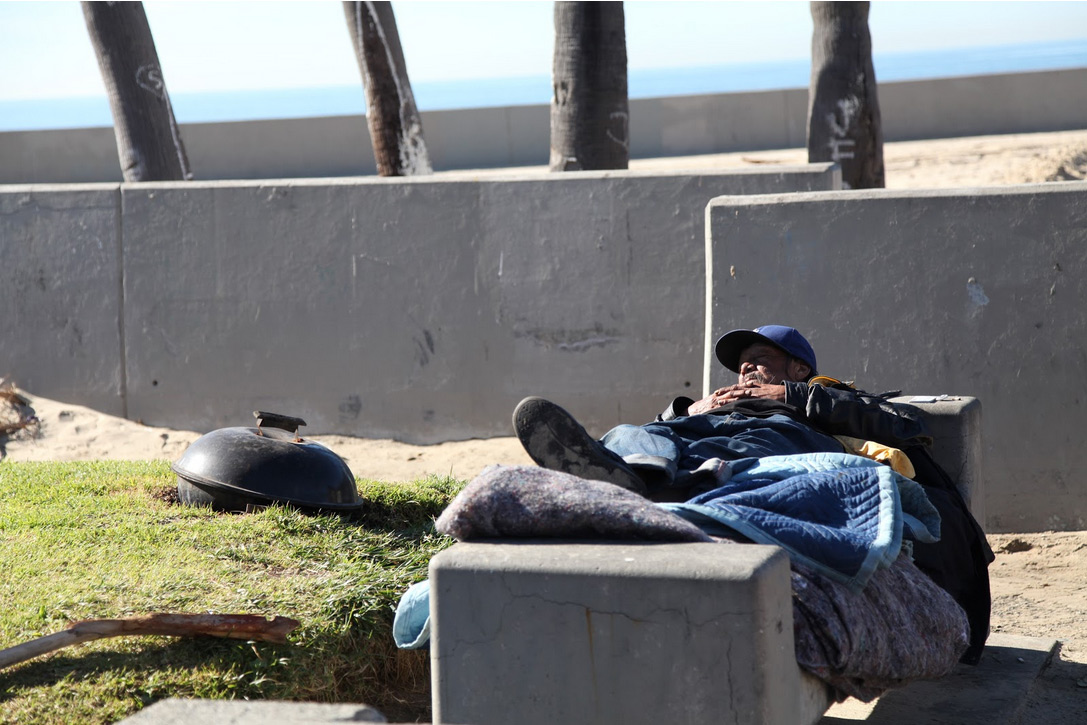Terms and Abbreviations
When possible, we use the terms set forth in the United States Department of Housing and Urban Development’s (HUD) Annual Homeless Assessment Report (with modifications made to reflect our local programs).1
Chronically Homeless Individual: A disabled individual who has experienced one year or more of continuous homelessness or four episodes of homelessness in the past three years where the combined length of time experiencing homelessness equals at least 12 months.
Client/Consumer: In medicine, we are comfortable referring to who we are treating as patients. Social service clinicians will refer to their customers as clients. Clients can also be referred to as consumers.
Clinician: A medical health professional trained and licensed in diagnosis and treatment (doctor, physician assistant, nurse practitioner). The term clinician can be used interchangeably with practitioner. We use the term clinician over provider.
Emergency Shelter: A temporary shelter for homeless people that is not considered a long-term housing solution.
Homeless: An individual lacking a stable and reasonable nighttime residence. Homeless persons are often referred to as “people experiencing homelessness.”
Peer: A person with lived experience of homelessness or substance use who enters the social services workforce. 8
Permanent Supportive Housing: A model of housing that provides ongoing assistance to maintain housing and to access supportive social services to people who were formerly homeless.
Rapid Rehousing: A model that allows people to quickly exit homelessness by offering temporary financial support while helping individuals and families regain their financial independence.
Sheltered Homelessness: People who are living in emergency shelters or transitional shelters or housing programs.
Transitional Housing Programs: A shelter or place to stay that provides ongoing social services for up to two years.
Unsheltered Homelessness: People whose nighttime residence is a public or private place that is not adequate for human habitation (for example, the street, a car, a local parks).
ACEs: Adverse childhood experiences
ADLs: Activities of daily living
EMR: Electronic medical record
ER: Emergency room
HUD: UnitedStates Department of Housing and Urban Development
NP: Nurse practitioner
PA: Physician assistant
PEH: People experiencing homelessness
SAMHSA: Substance Abuse and Mental Health Services Administration (a branch of the United States Department of Health and Human Services)
SNF: Skilled nursing facility
SSI: Supplemental security income
SSDI: Social security disability insurance
TIC: Trauma-informed care
VFC: Venice Family Clinic
